Hi there, pet lovers! 🌊✨
Moon jellyfish (Aurelia aurita) are among the most captivating creatures you can keep in a home aquarium. With their translucent, glowing bells and graceful pulsing movements, they bring a piece of the ocean’s magic into your living space. While they require specialized care, their low-maintenance nature (once properly set up) makes them a unique choice for those willing to invest in their serene beauty.
This comprehensive guide covers everything you need to know about keeping moon jellyfish—from tank setup and feeding to common challenges and their fascinating biology. Whether you’re a beginner or an experienced aquarist, this review will help you decide if these ethereal creatures are the right fit for your home.
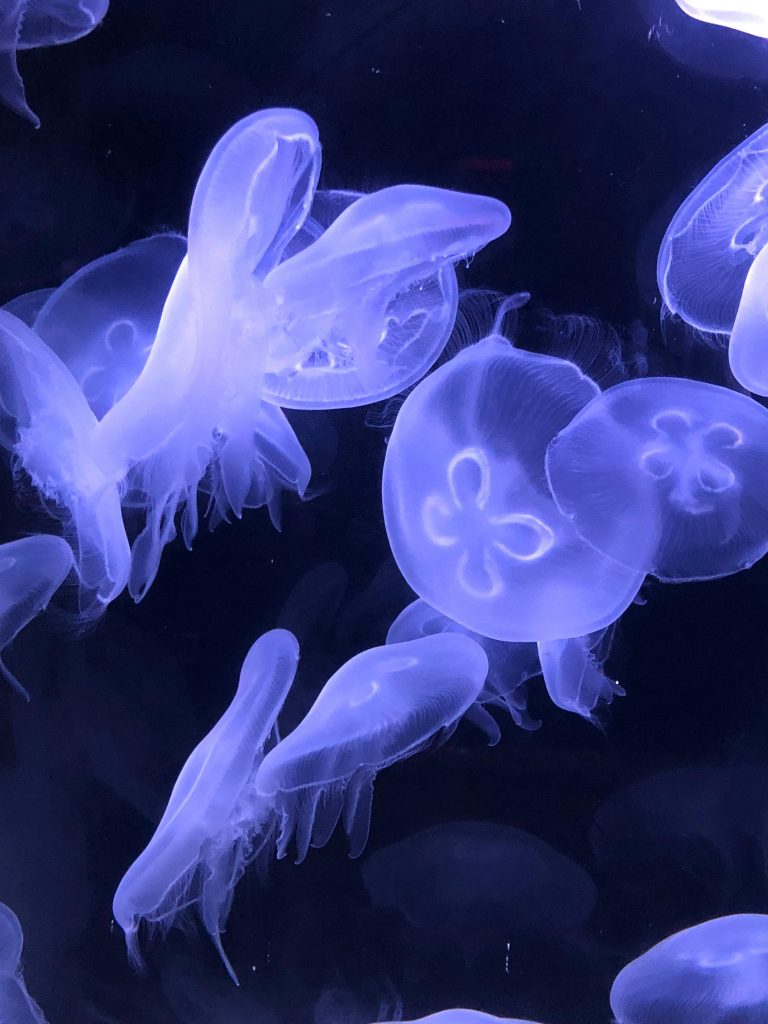
Overview
Moon jellyfish are delicate, gelatinous marine animals found in temperate and tropical oceans worldwide. They are prized for their hypnotic movement and otherworldly appearance. Here’s a quick summary of what makes them unique:
- Handling and Temperament: Not for handling—strictly observe-only pets.
- Care and Maintenance: Moderate to high-maintenance; require specialized tanks.
- Health and Durability: Sensitive to water quality but hardy once conditions are stable.
- Availability: Sold through specialty marine suppliers and online retailers.
- Cost: Expensive initial setup but affordable ongoing care.
- Overall: A stunning, low-activity pet best for dedicated aquarists.
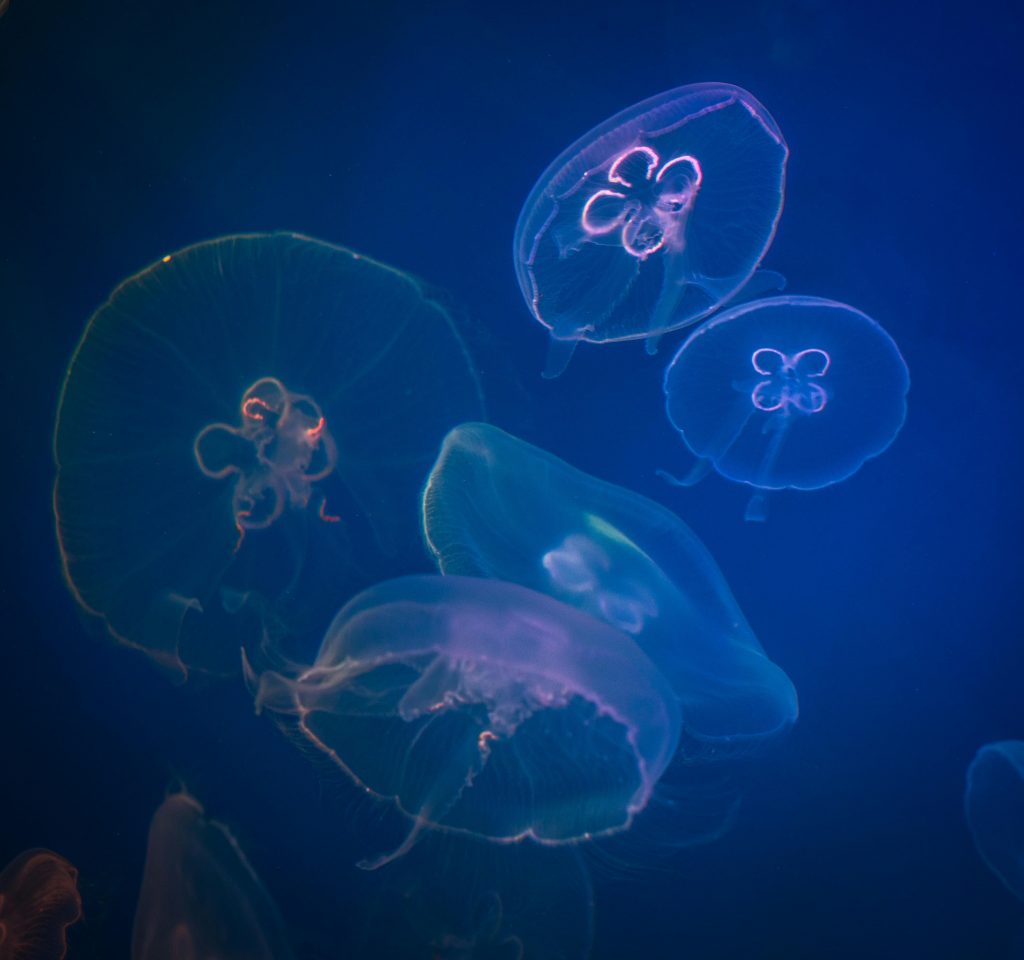
Why Choose Moon Jellyfish?
Moon jellyfish offer a one-of-a-kind aquarium experience. Unlike fish or corals, they float effortlessly, creating a living art piece with their rhythmic pulsations. Their bioluminescence (under blue LED lighting) adds an enchanting glow to any room.
Ideal for
- Those who prefer visual appeal over interaction.
- Aquarists wanting a minimal-waste, low-feeding marine pet.
- People with limited space (smaller tanks are possible).
Not ideal for
- Owners who want a hands-on, interactive pet.
- Beginners unwilling to monitor water parameters closely.
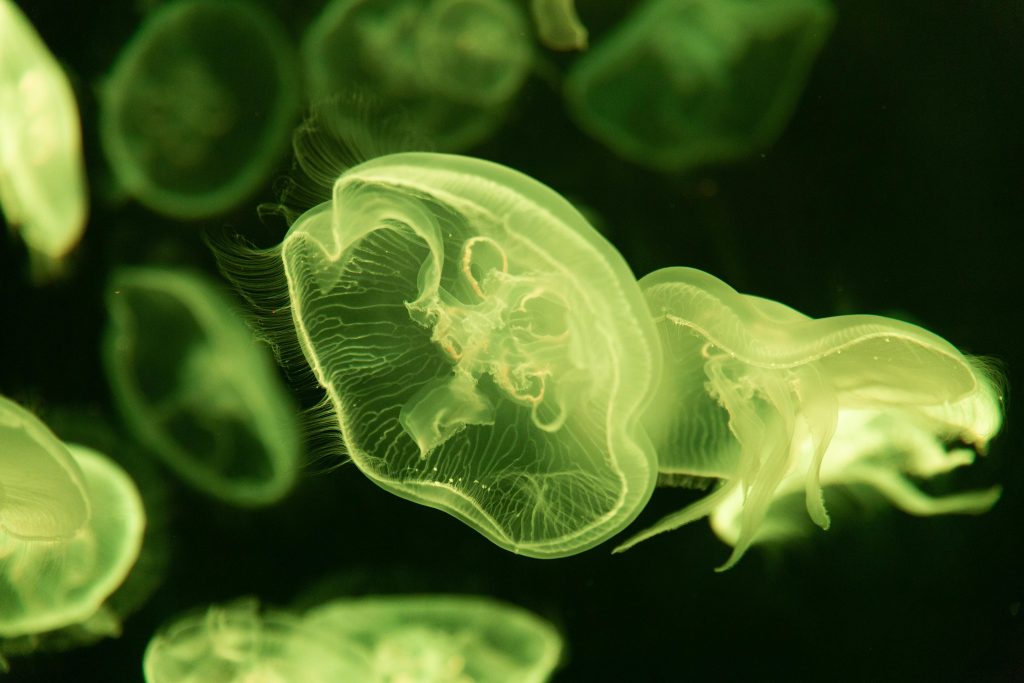
Handling and Temperament
Moon jellyfish are strictly observational pets. They cannot be handled, as their fragile bodies are easily damaged by touch or netting.
Key Behaviors
- Pulsing Movement: Their bell contracts rhythmically to propel them.
- Feeding Response: Tentacles capture tiny food particles.
- Light Sensitivity: They orient toward light but avoid strong direct lighting.
Important Notes
- Never remove them from water—even brief exposure to air can harm them.
- Avoid sharp decor—their gelatinous bodies tear easily.
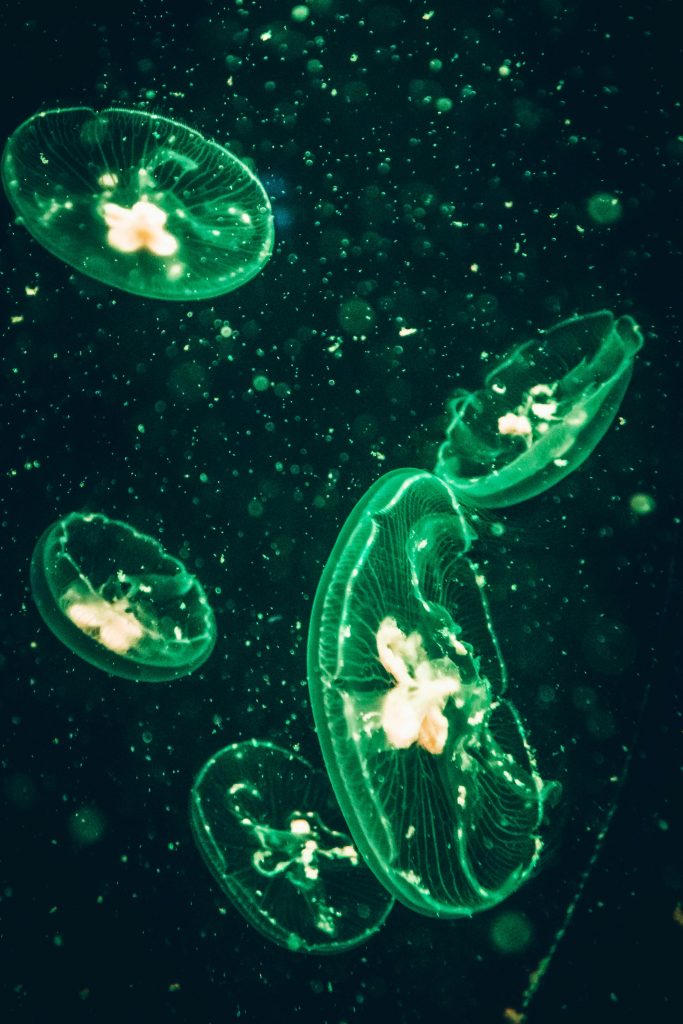
Care and Maintenance
Moon jellyfish require specialized equipment to thrive. Unlike fish, they cannot swim against currents, so their tank must be designed for gentle, circular flow.
Tank Setup
- Tank Type: Kreisel or pseudo-Kreisel tank (round or cylindrical with smooth flow).
- Size: Minimum 10–20 gallons for a small group (3–5 jellies).
- Water Flow: Low to moderate—strong currents can damage them.
- Substrate: Bare-bottom (sand or gravel can trap debris and harm jellies).
- Lighting: Blue or white LED (enhances their glow; avoid intense lighting).
Water Conditions
- Salinity: 30–35 ppt (specific gravity 1.023–1.025).
- Temperature: 60–75°F (cooler temps extend lifespan).
- pH: 8.0–8.4 (stable alkalinity is crucial).
- Filtration: Sponge or gentle canister filter (no strong intakes).
Feeding
- Primary Diet: Liquid jellyfish food, brine shrimp nauplii, or powdered plankton.
- Feeding Frequency: Once daily (small amounts to avoid fouling water).
- Special Note: Overfeeding clouds water and spikes ammonia—jellies stop eating when full.
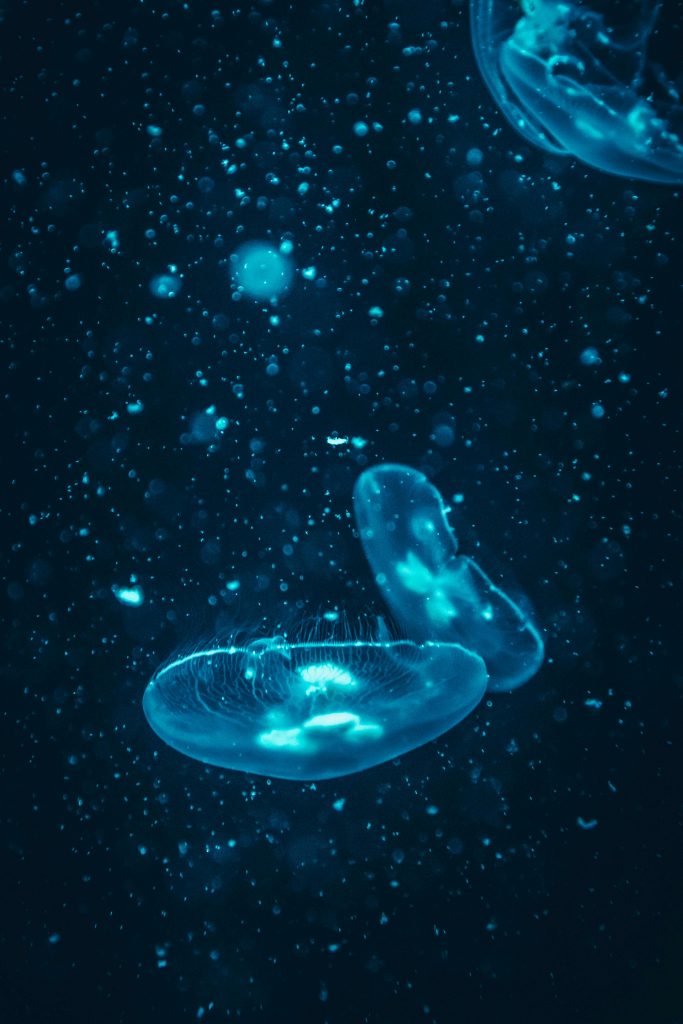
Health and Durability
Moon jellyfish are sensitive but resilient if kept in stable conditions.
Common Health Issues
- Torn Bells: Caused by sharp decor or strong pumps.
- Melting Appearance: Sign of poor water quality or bacterial infection.
- Shrinking: Indicates malnutrition or improper salinity.
Preventative Care
- Weekly water tests (ammonia, nitrite, nitrate, pH).
- Avoid overcrowding (fewer jellies = cleaner water).
- Quarantine new jellies before adding to main tank.
With proper care, moon jellies can live 1–2 years in captivity.
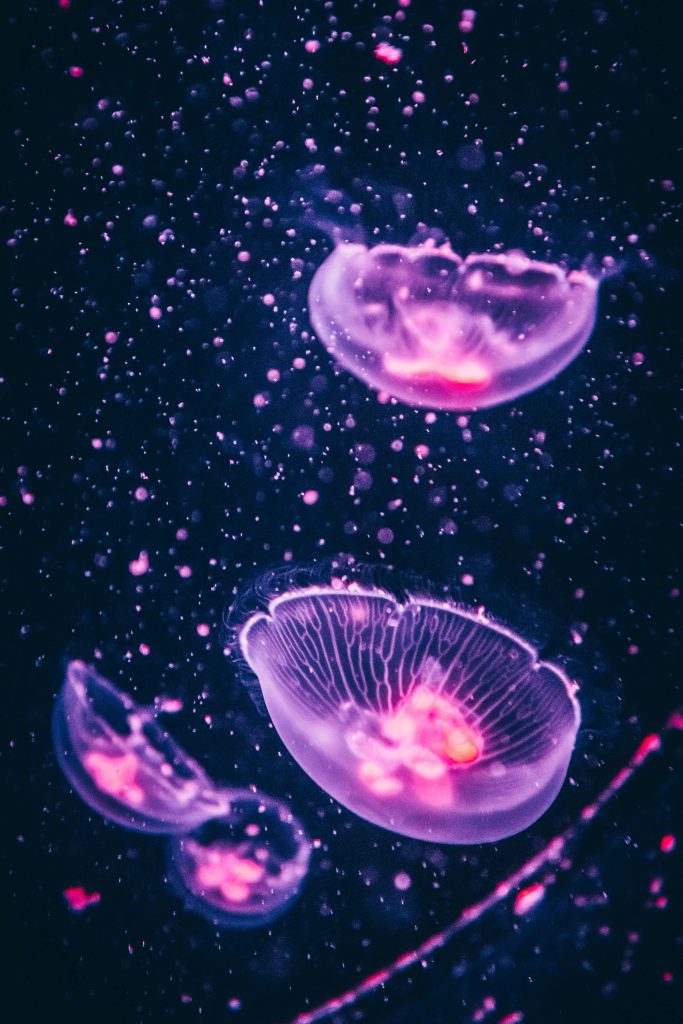
Availability and Cost
Moon jellyfish are not sold in typical pet stores—they require specialized suppliers.
Where to Buy
- Online marine retailers (e.g., Jellyfish Art, Aquatic Arts).
- Aquarium trade shows (rare but possible).
- Local specialty marine shops (call ahead to check).
Cost Breakdown
- Jellyfish: $30 to $100 each (price varies by size/color).
- Tank Setup: $300 to $1,000+ (Kreisel tanks are expensive).
- Ongoing Costs: Low (just food and occasional water treatments).
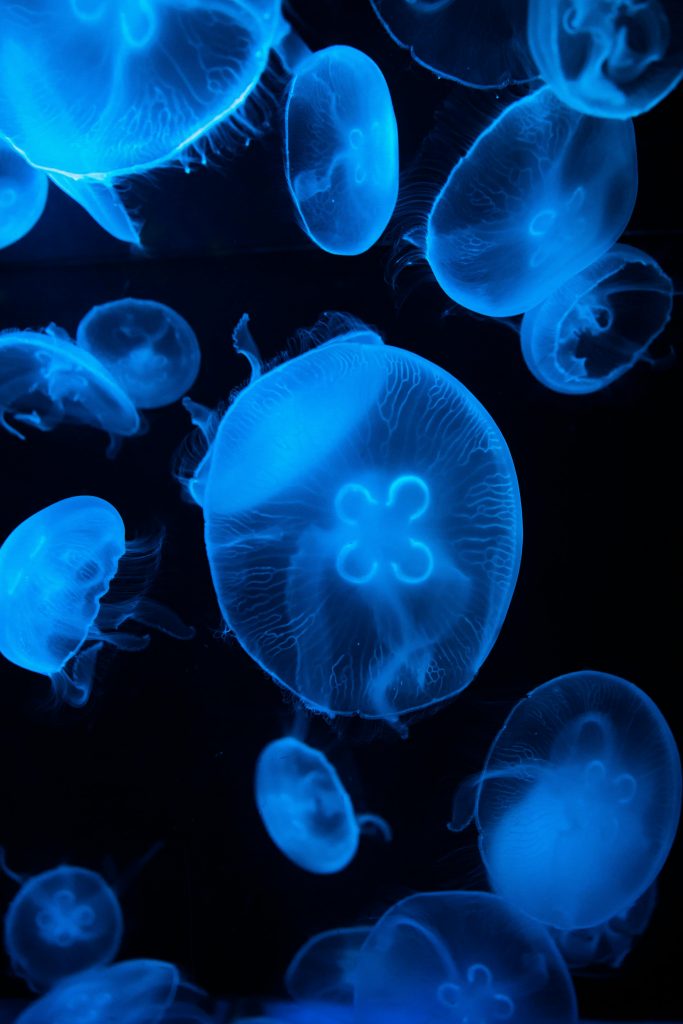
Pros and Cons
Pros
- Unmatched visual appeal—like owning a living lava lamp.
- Silent and calming—no noise or sudden movements.
- Low bioload—less waste than fish or corals.
Cons
- Fragile bodies—easily damaged by improper handling.
- Specialized tank needed—standard aquariums won’t work.
- Short lifespan—1–2 years (compared to longer-lived marine pets).
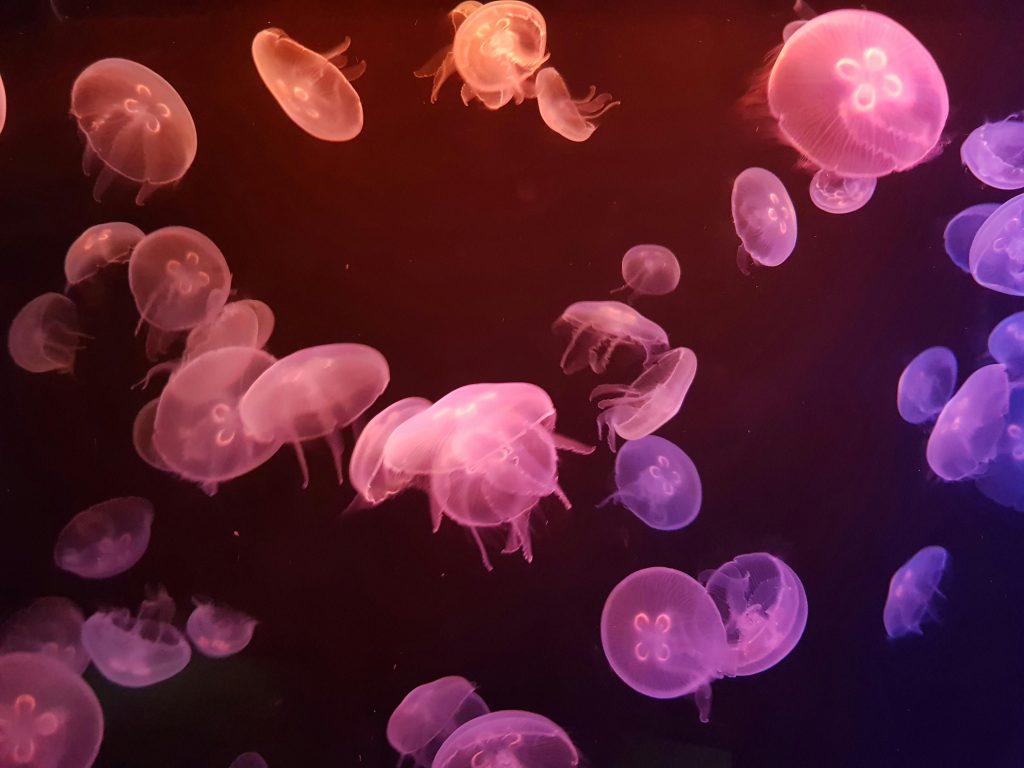
Final Thoughts
Moon jellyfish are a breathtaking addition to the right home. While they demand careful setup and maintenance, their mesmerizing presence makes the effort worthwhile. They’re perfect for those who appreciate minimalist, meditative pets and have the patience to maintain precise water conditions.
If you’re ready to dive into jellyfish keeping, we recommend starting with a reputable supplier and investing in a proper Kreisel tank. Once established, these graceful drifters will reward you with an ever-changing underwater ballet.
Have you kept moon jellies before? Share your experiences in the comments! For more aquatic pet guides, stay tuned to our blog. 🪸🌊

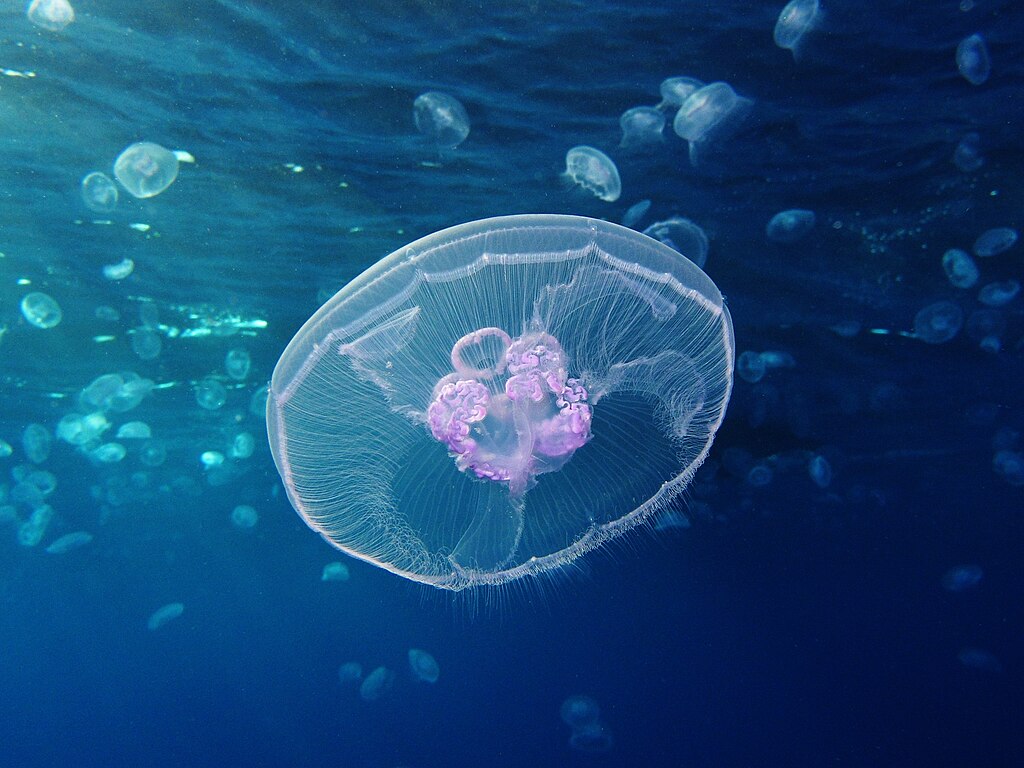


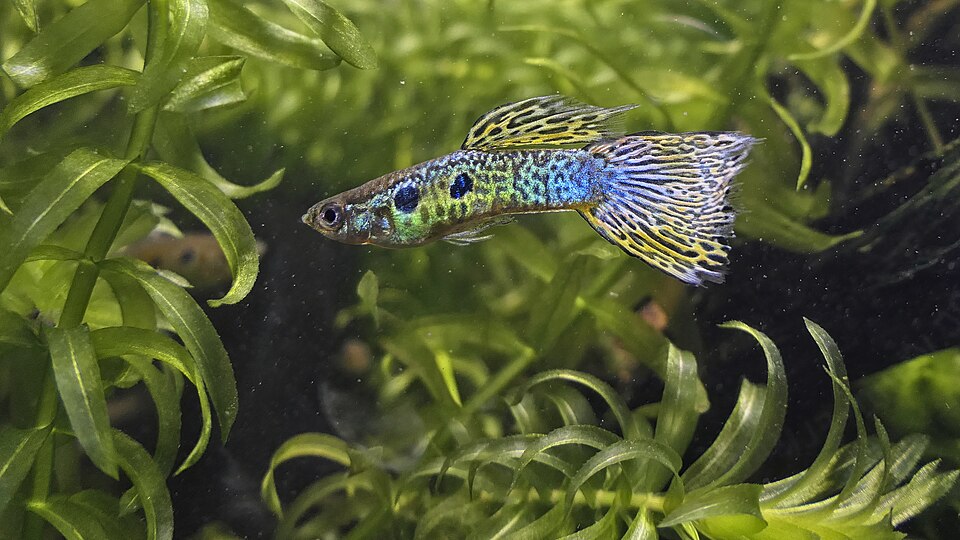
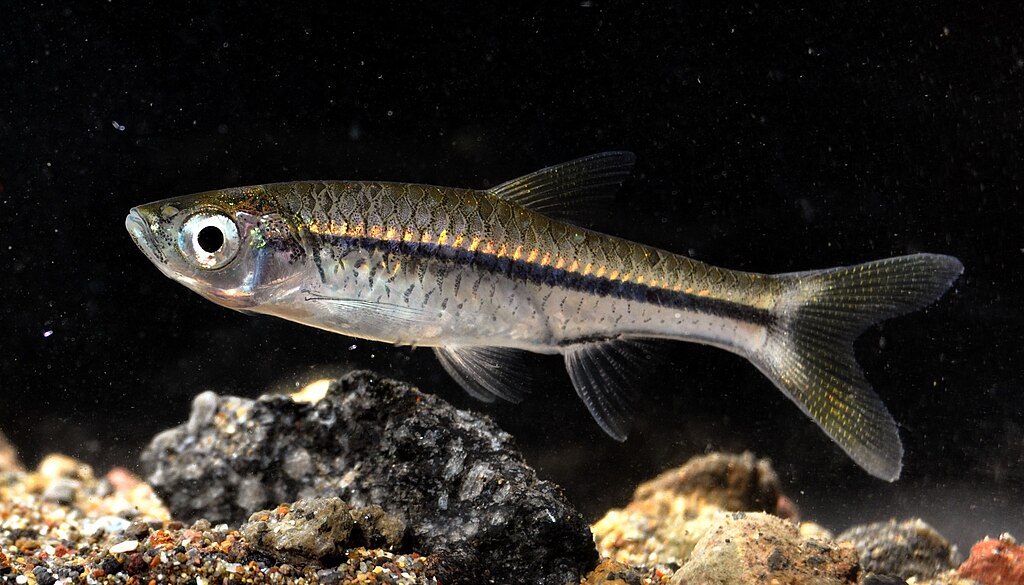
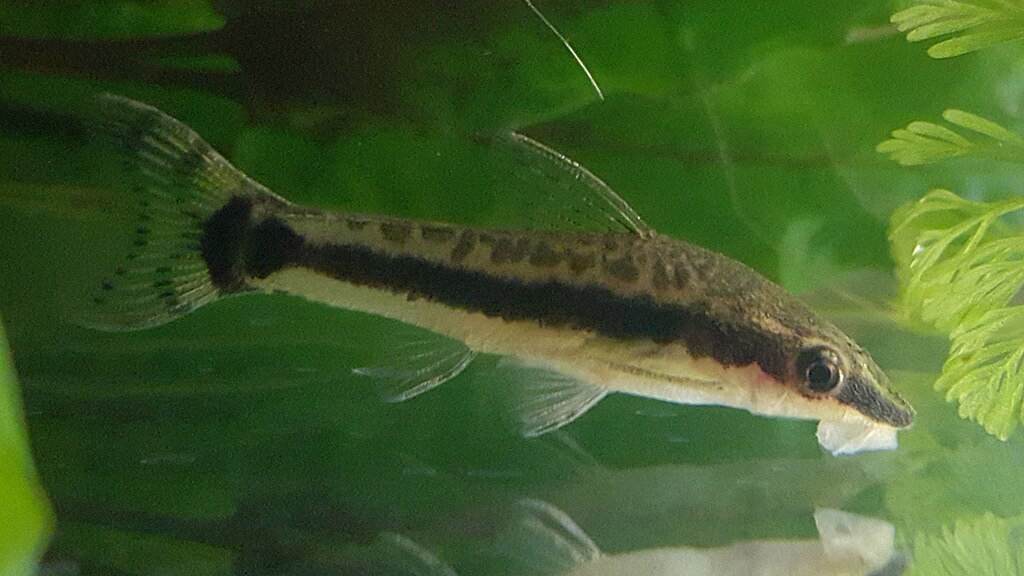

Leave a Reply